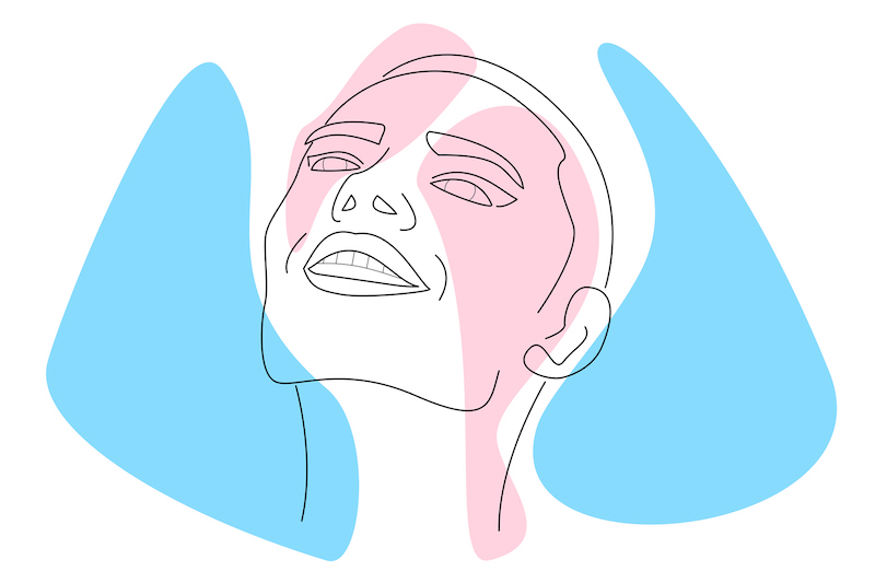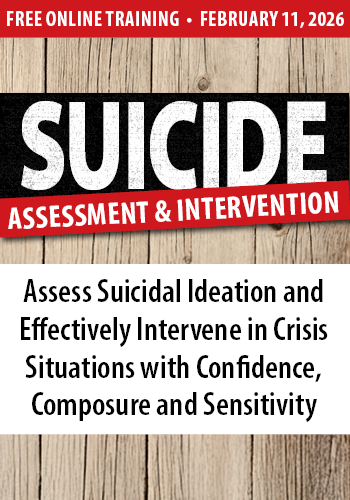Enrol in an online course today for flexible, self-paced learning—no fixed schedule required. Plus, enjoy lifetime access to course materials for convenient revisiting.
Gender Diversity: With Visibility Comes Vulnerability

Trans Day of Visibility (TDOV) on 31st March is an annual celebration of the accomplishments and victories of the transgender, non-binary and gender non-conforming communities. It was introduced with the aim of creating a more uplifting balance with the already established Trans Day of Remembrance (TDOR), on which we mourn those who have been killed or lost their lives due to transphobic violence.
This TDOV, I want to consider how visible our trans clients feel in therapy, as well as how invisible gender diversity is in our core training as therapists and counsellors. I use ‘trans’ as an umbrella term, to include non-binary, non-conforming and all expressions of gender diversity which are not covered by the term ‘cisgender’.
For many trainees, the only exploration of trans identities in training is perhaps a vague mention under the banner of ‘Gender and Sexuality’. Much of this space is used to consider the impact of working as/with a male or female therapist (the profession is yet to catch up to the reality of non-binary identities); an important topic, of course, but does it leave us feeling equipped with adequate language to work with questions around gender identity or transition?
For trans people, the impact of not being truly ‘seen’ for who they are, or alternatively being too visible, seen and being punished for who they are, is substantial to say the least. With visibility comes vulnerability. Due to discrimination and isolation (demonstrated by the Minority Stress Model), we know that trans people are much more likely to experience poor mental and physical health, suicidal ideation and intention, violence and a lower life expectancy. One study from the Inter-American Commission on Human Rights in 2014 found the average life expectancy for a black trans woman in the US was just 35 years old. They state that, “The common denominator of this violence is the perception by the perpetrator that the victim has transgressed accepted gender norms”. Evidently, for those who live at the intersection of racism and trans/homophobia in particular, visibility can be deadly.
In my experience as a trans man working primarily alongside the trans community over the last six years, there is an overriding feeling from clients that, often, invisibility is the safer route.
However, as therapists we can make space for gender by first being curious about our own expectations and relationships to gender. We can begin to understand some trans experiences by replacing “How would I feel if I wanted to be another gender?” with “How would I feel if the world was telling me the gender I know myself to be was incorrect, if someone tried to take it away or force me to prove it in some way?”.
Bringing more visibility and clarity to our own relationship with gender can feel vulnerable and empowering at the same time, just the way it is for our trans clients. Without care, it is easy to recreate the oppressive structures and expectations of a rigid gender binary in ourselves and in the therapeutic setting. I hear from many, many clients that this has sadly been the case for them.
Alongside making space for your own gender, I also urge you to commit to making trans people more visible in your own life: engage in media and narratives created by trans people, especially those who are black or of colour as they are again more likely to be further marginalised and unseen.
Visibility, then, is not an answer, but in the therapeutic space we could see it as akin to a core condition. Whilst visibility in the wider world can be both positive and negative for trans people, experiencing a safe, affirming therapeutic relationship where we can make visible those parts of ourselves we’ve had to hide in everyday life is a vital starting point. It is not a solution or an end, but a means to an end; a world where gender diverse people can explore and celebrate expansive expressions of gender, on their own terms and in their own time.

















